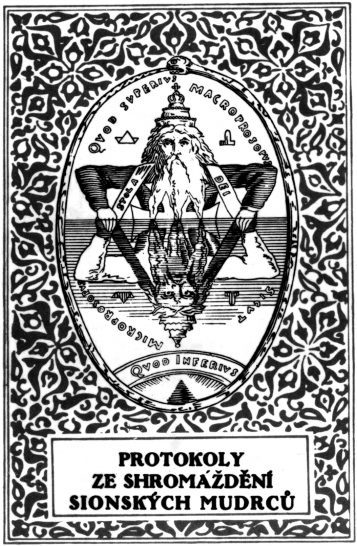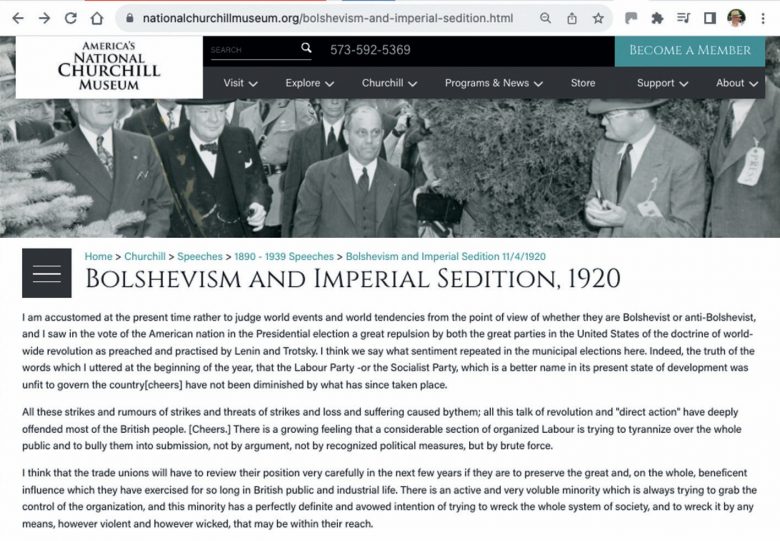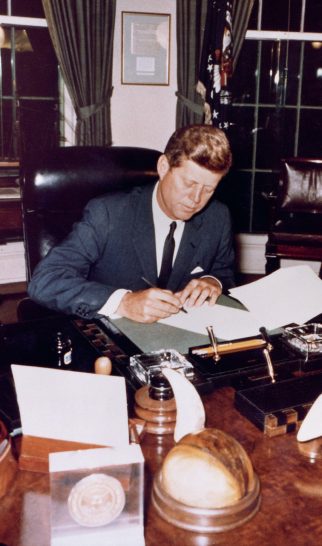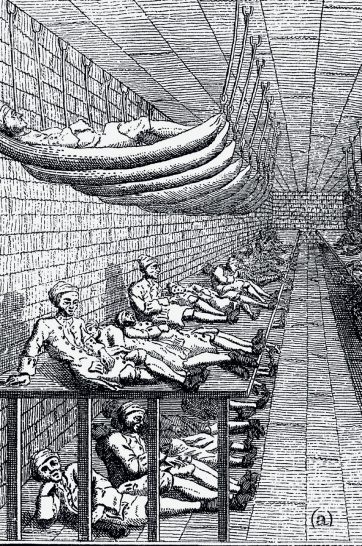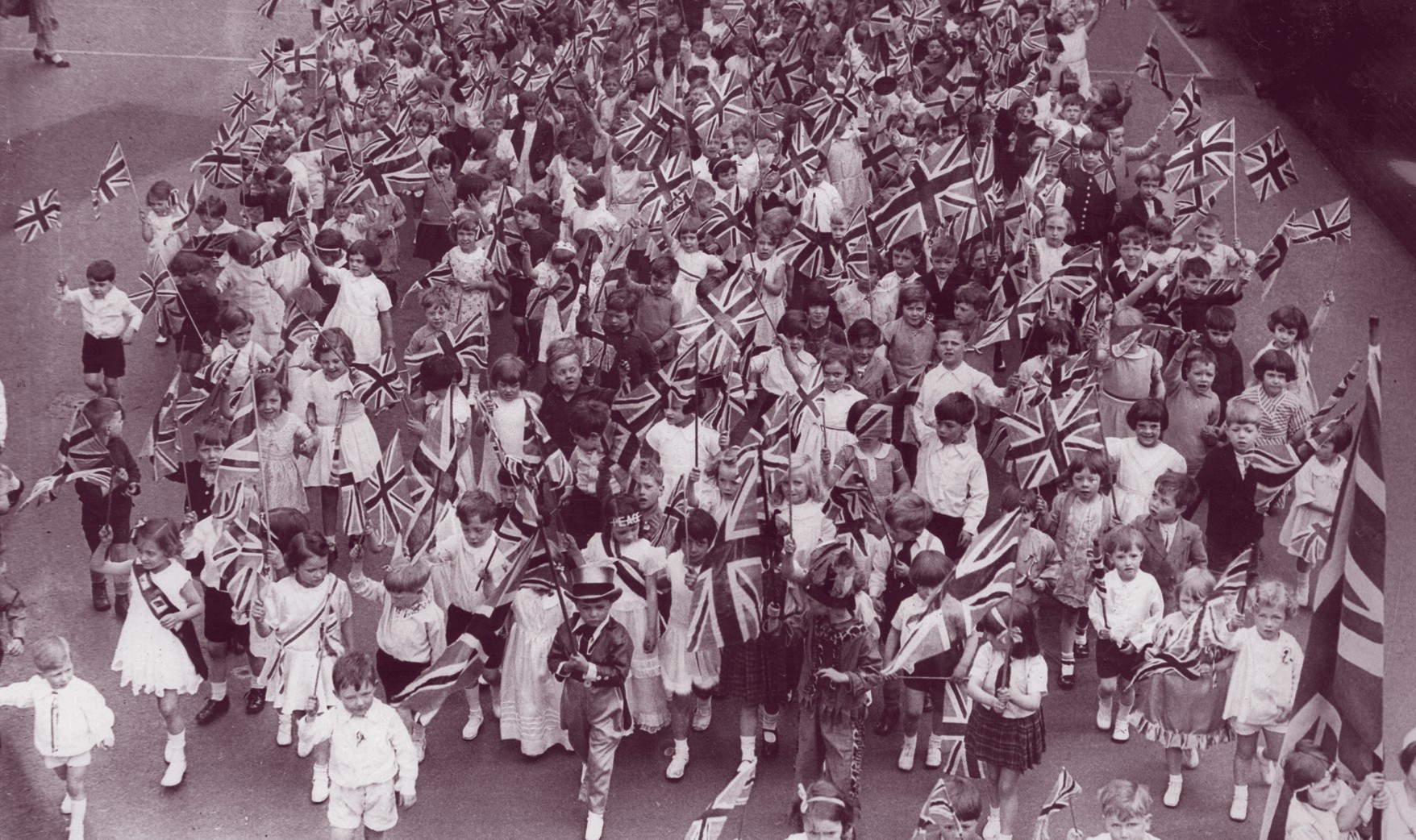
By the time the dust had settled on the First World War and its peace treaties, the British empire spanned one quarter of the world’s land surface and contained one quarter of the world’s population (see Sources A and B). The empire included the white settler colonies known as dominions (Australia, New Zealand, Canada and South Africa), Crown colonies in the Caribbean, Africa and Asia, League of Nations mandates (like Palestine and Iraq), and the jewel in the crown, India. By the end of the 1930s, half of all British exports went to these colonies and 40% of British imports came from them. Empire day was celebrated with gusto on 24 May every year (Source C) and the Empire and all things imperial were heavily promoted. The British and Indian Army policed the empire and they could rely on a strong navy and the use of the RAF.
Despite this apparently rosy picture, between 1947 and 1968, one by one, nearly all of Britain’s remaining significant colonies gained independence. There were underlying reasons why, by 1945, Britain was already losing its grip on the empire upon which the sun was never supposed to set.
Your organisation does not have access to this article.
Sign up today to give your students the edge they need to achieve their best grades with subject expertise
Subscribe

